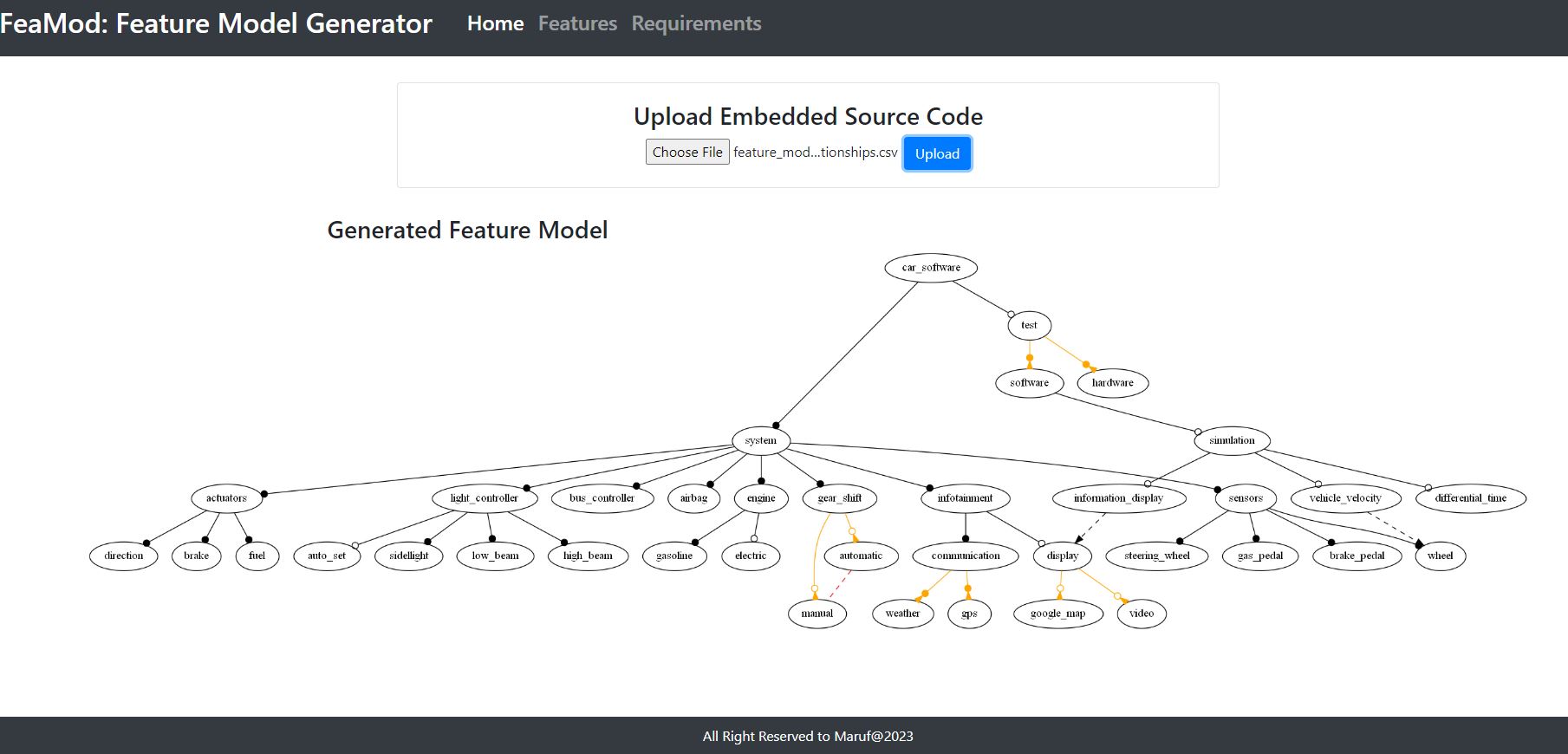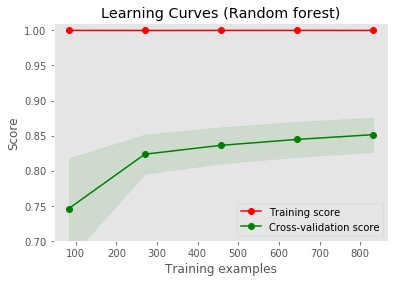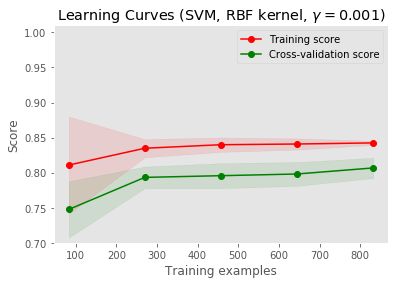Aircraft Landing Behaviour Detection Application
The Aircraft Landing Behaviour Detection Application stands as a pivotal innovation in air traffic control technology, setting new standards for safety, efficiency, and data-driven decision-making in airport operations. This project brings forth a paradigm shift in managing aircraft landings and runway statuses by providing real-time, actionable insights. Leveraging advanced algorithms and state-of-the-art sensor technology, the application ensures a seamless interface for air traffic controllers, enhancing their ability to monitor, predict, and act upon dynamic flight patterns and runway conditions.
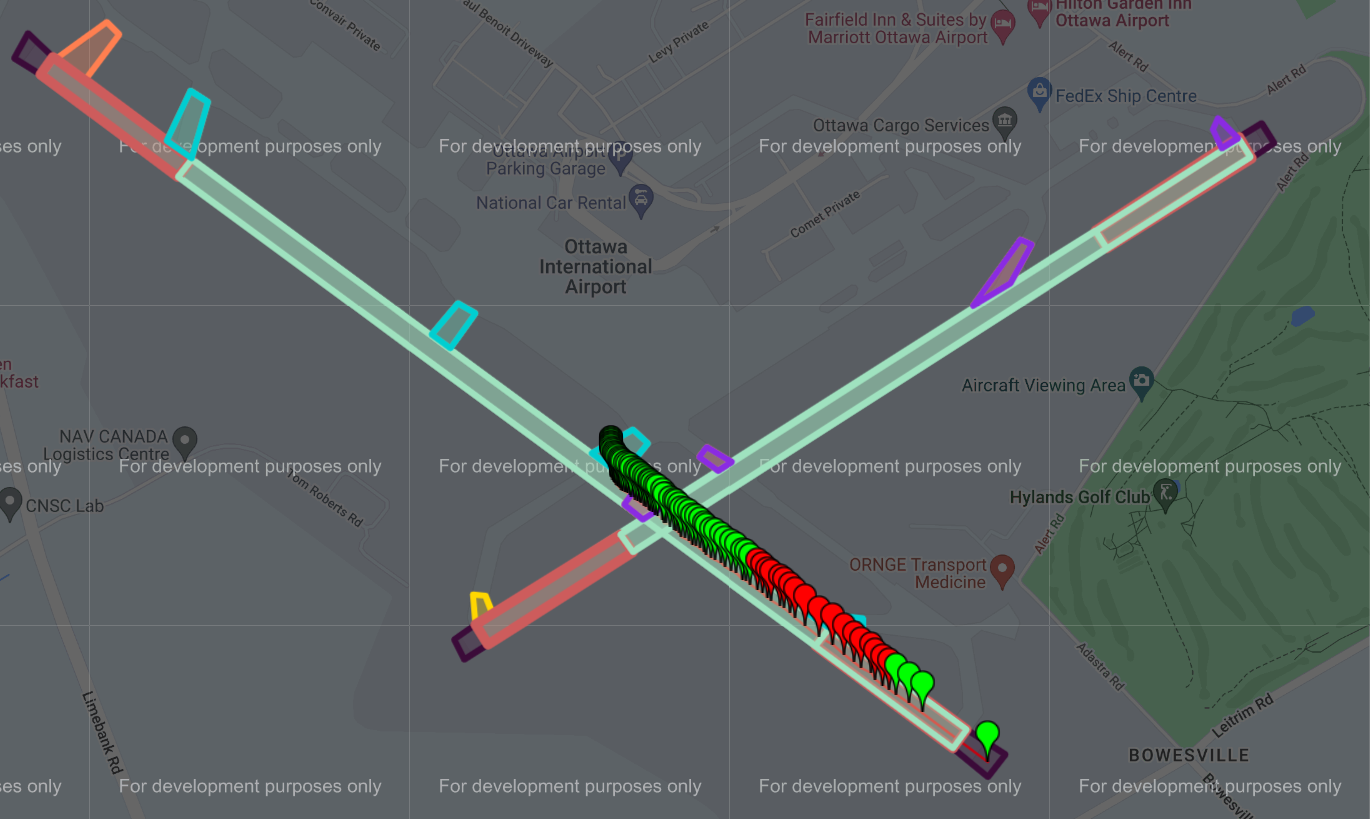
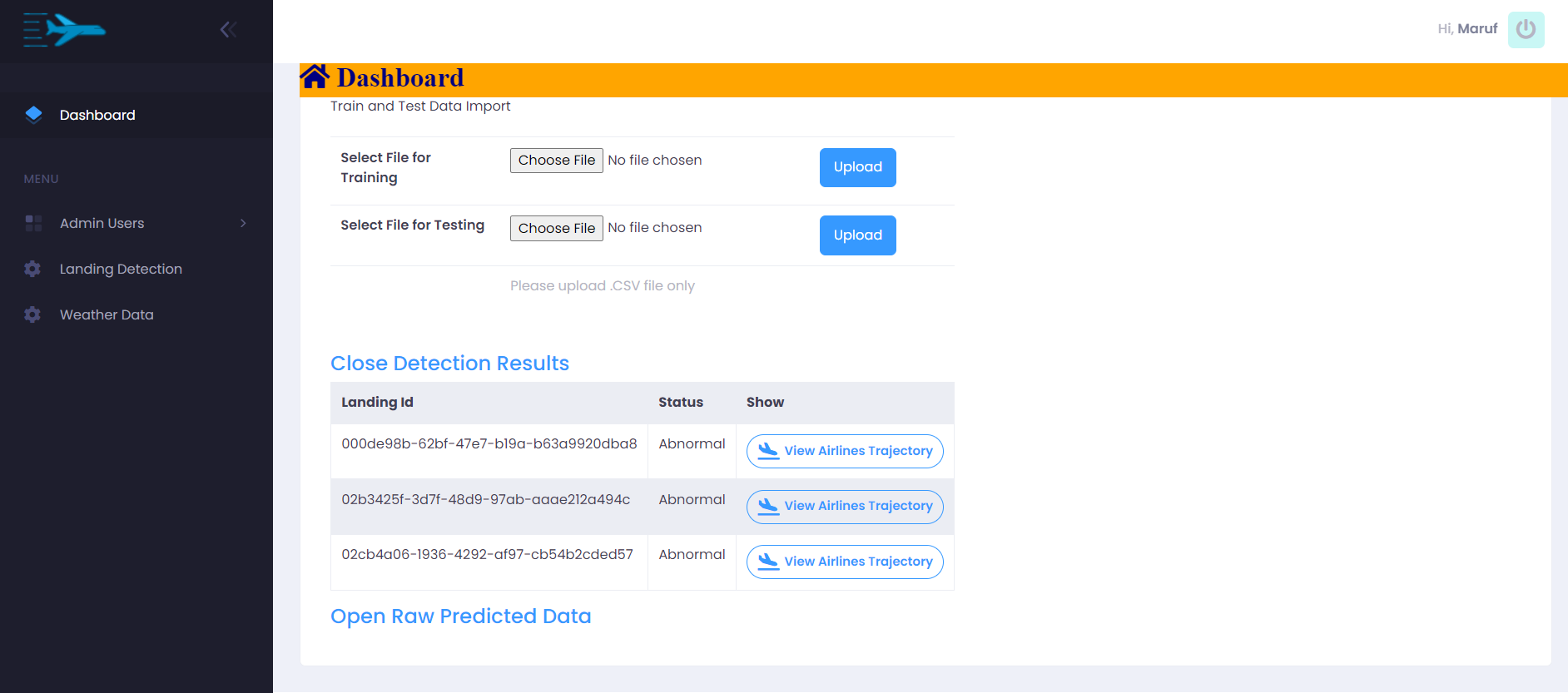
Key Features:
- Secure User Authentication: Ensures access is granted only to authorized personnel, maintaining the integrity and security of sensitive operational data.
- Interactive Main Application Interface: Offers a user-friendly platform for monitoring real-time flight data and airport operations.
- Detailed Runway Overview: Provides status updates for each runway, allowing for efficient traffic management.
- Advanced Landing Detection: Utilizes cutting-edge technology for accurate landing insights.
- Comprehensive Airline Trajectory Visualization: Enables precise tracking of flight paths for optimal route analysis.
- Predictive Flight Path Analysis: Employs predictive algorithms for proactive air traffic management.

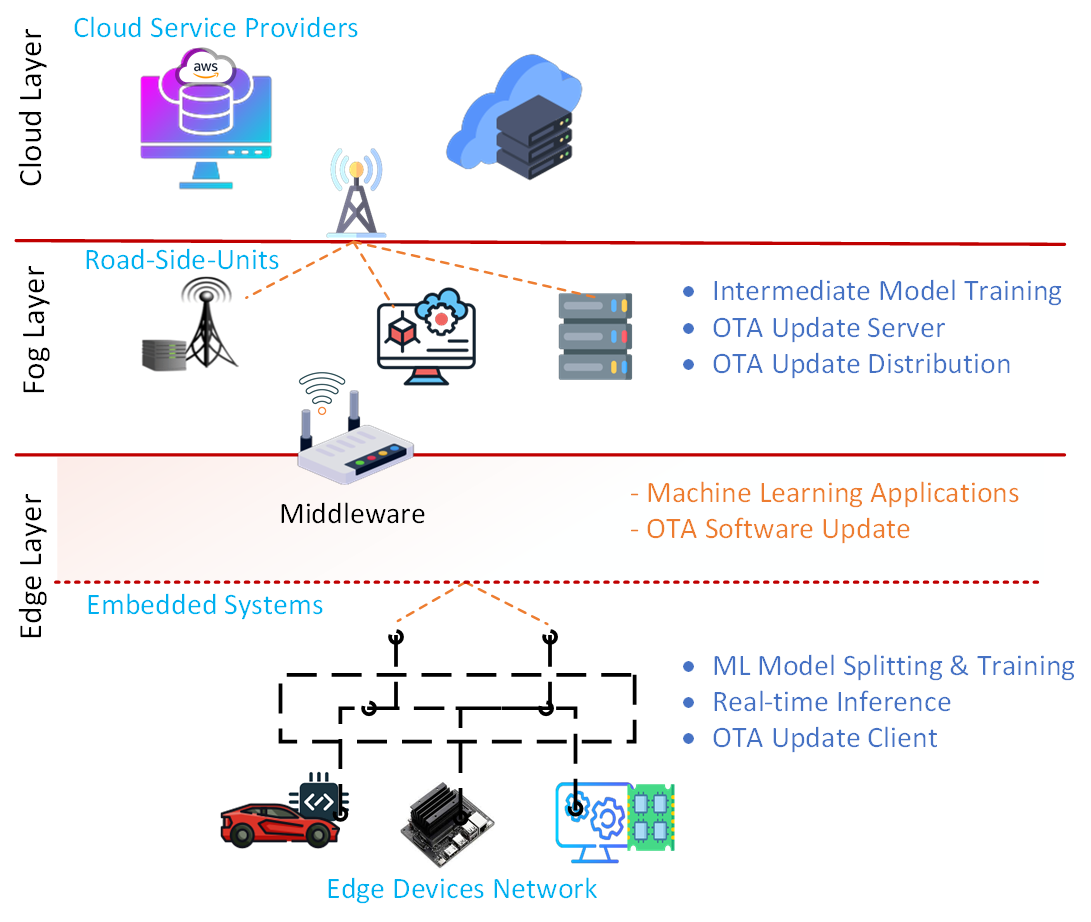 </div>
</div> 